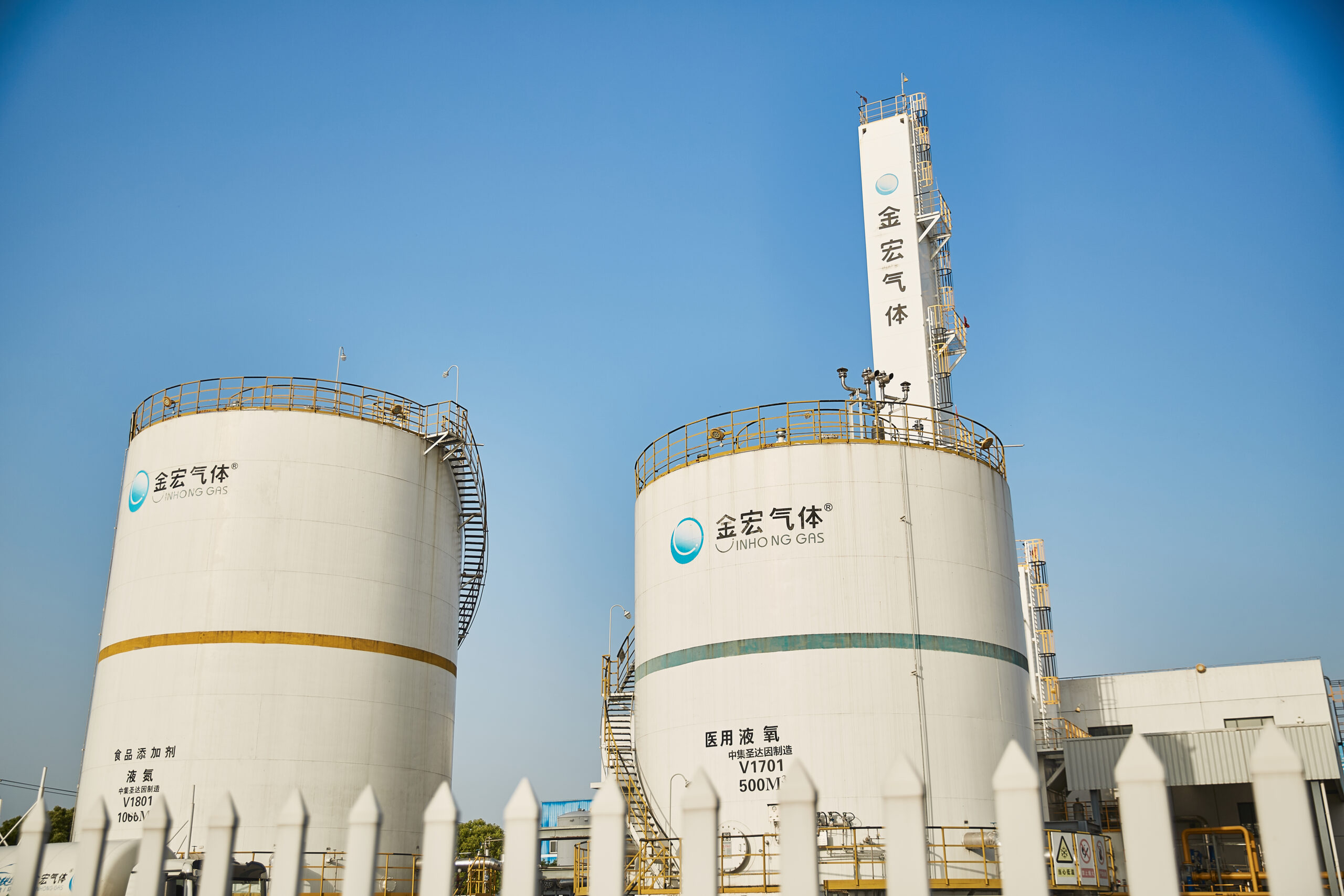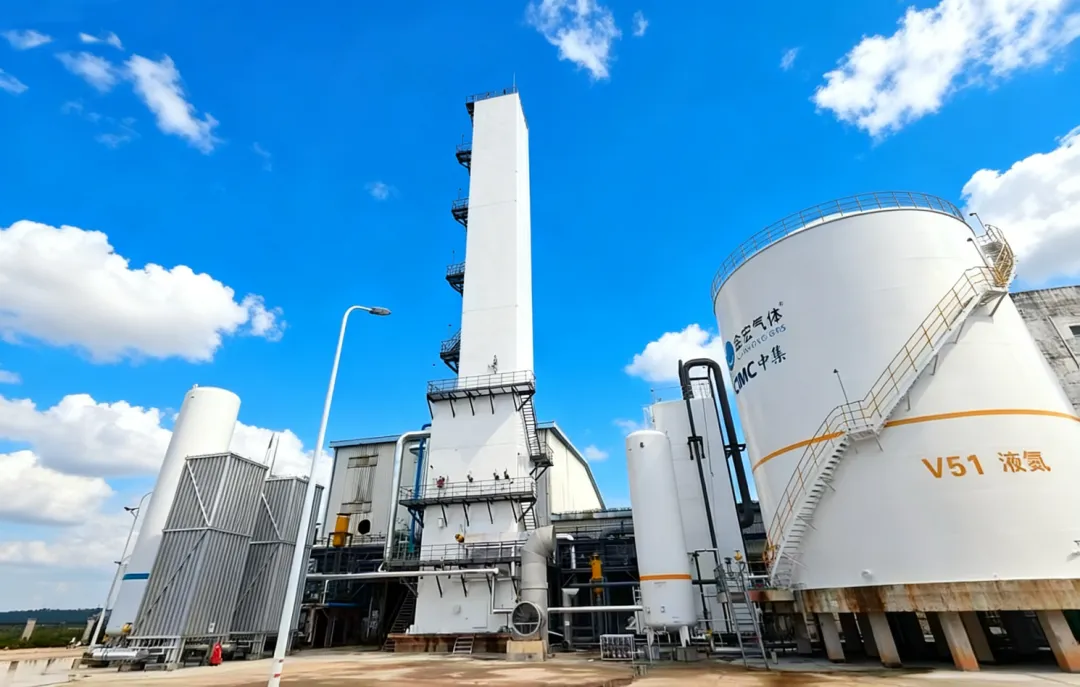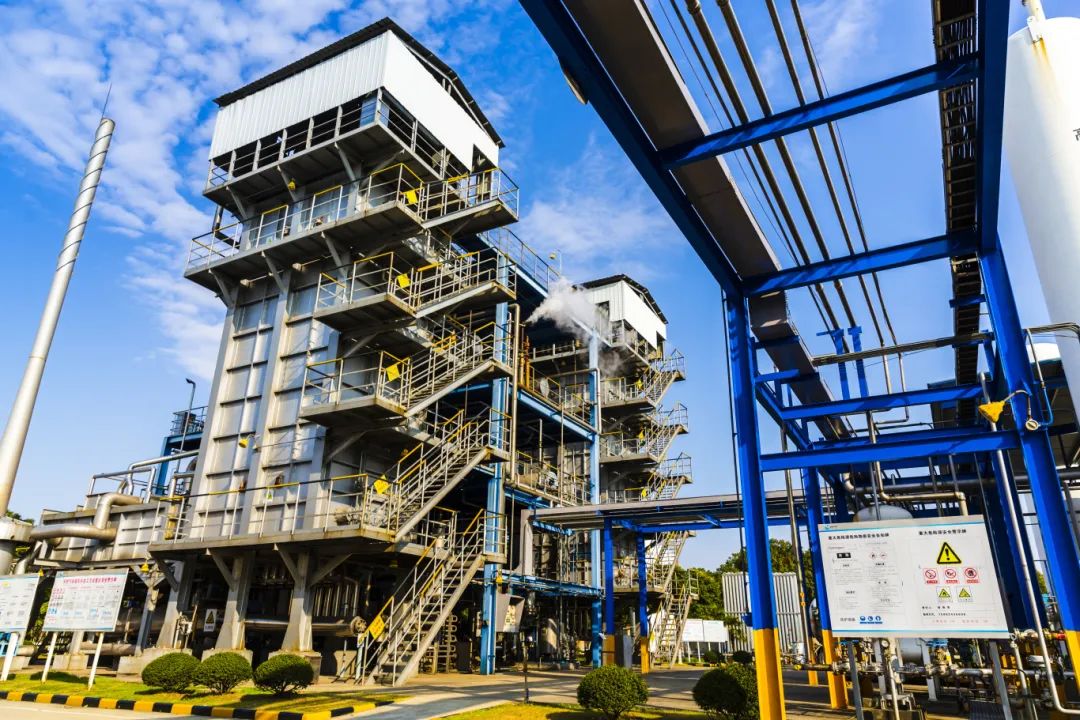In the realm of renewable energy, the quest for efficient, sustainable, and scalable storage solutions is more crucial than ever. One of the most promising technologies gaining traction is Compressed Air Energy Storage (CAES), which, when integrated with green hydrogen production, has the potential to revolutionize power generation and storage systems.
1.UnderstandingCompressed Air Energy Storage (CAES)
The working principle of Compressed Air Energy Storage (CAES) is simple yet effective. The basic principle of this technology involves usingair compressorsto compress air when the demand for electricity is low, and store it in underground caverns or other types of containers. When the demand for electricity increases, the stored compressed air is released. It expands and drives turbines to generate electricity.
Air compressors not only compress air but also convert electrical energy into the potential energy stored in the compressed air. This energy conversion provides a means to store energy produced from renewable sources, especially when the production from sources like wind or solar is unstable. Therefore, air compressors are not only essential equipment in CAES systems, but they also have a decisive impact on the performance and efficiency of the entire system. By optimizing the performance and improving the efficiency of air compressors, the overall energy efficiency and cost-effectiveness of the CAES system can be significantly enhanced.
Additionally, the appeal of CAES lies in its scalability and versatility. It can be implemented in various geographies, utilizing natural geological formations or man-made vessels for air storage. Additionally, CAES systems are known for their durability and long lifespan, offering a reliable storage solution that can balance grid demands over decades.
2. Integration with Green Hydrogen
A significant innovation in CAES technology is its integration with green hydrogen production. Hydrogen, when produced via electrolysis using renewable energy sources, is referred to as green hydrogen. This integration occurs in two main processes: using the excess renewable energy to power electrolysis, thereby producing hydrogen, and utilizing this hydrogen to enhance the efficiency of the CAES system.
When the compressed air is released to generate electricity, it can be heated using hydrogen in a combustion process, significantly increasing the efficiency of electricity generation. This method not only provides a higher output of power but also maintains the environmental integrity of the storage system by ensuring zero emissions.
3. Benefits and Challenges
The combined CAES and green hydrogen system offers numerous benefits:
1. Energy Efficiency: The synergy between CAES and hydrogen increases the overall efficiency of energy storage and power generation.
2. Environmental Sustainability: This integrated approach leverages renewable resources, reducing reliance on fossil fuels and decreasing greenhouse gas emissions.
3. Grid Stability: By providing a reliable and adjustable power supply, this technology helps stabilize the grid, especially in regions with high penetration of intermittent renewable energy sources.
Despite these advantages, there are challenges to be addressed. The initial capital investment for CAES systems, particularly those integrated with hydrogen technologies, is significant. Moreover, the efficiency of energy conversion in CAES needs further enhancement to compete with more traditional forms of energy storage like batteries.
4. Future Prospects
As technology advances and costs decrease, the potential for CAES combined with green hydrogen production to become a cornerstone of global energy systems grows. Research and development are geared towards improving the efficiency of these systems and scaling up their capacity to meet increasing energy demands.
Further innovations are also exploring the use of advanced materials to enhance the safety and efficiency of the storage vessels and the turbines used in CAES systems. Additionally, policy support from governments worldwide, in the form of subsidies and incentives for renewable energy storage, will be pivotal in accelerating the adoption of these technologies.
5. Conclusion
The integration of Compressed Air Energy Storage with green hydrogen represents a forward-thinking solution to the challenges of renewable energy storage and grid management. As the world leans more towards sustainable energy practices, innovations such as CAES are pivotal in shaping a resilient, efficient, and sustainable energy future.



